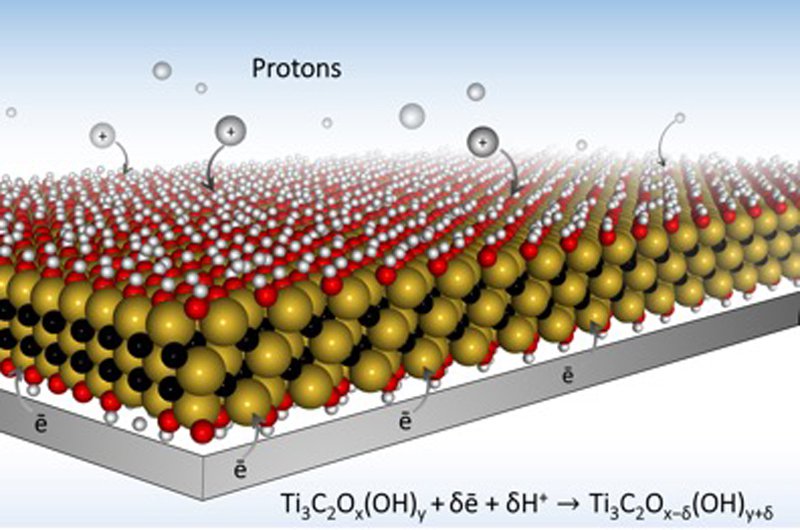Battery life has been a real pain for the people who want to remain connected to the world all the time. The most a battery on a regular smartphone can survive is a day and a half. Also, it takes a couple of hours to charge.
Soon, things might change, and we might have batteries on our smartphones and laptops that could take only a few milliseconds to charge from zero to their full capacity.
Nano technology researchers at Drexel University have created breakthrough battery electrode designs that might help us achieve what seems impossible at the moment. At the heart of the tech is a two-dimensional material called MXene, developed in 2011, which comprises a hydrogel and an oxide metal. MXene’s highly conductive nature makes it a considerable choice to be used as a battery membrane – a permeable membrane placed between a battery’s anode and cathode.
Earlier, efforts have been made in the form of supercapacitor-based batteries. But supercapacitors charge and discharge at a faster rate. MXene combines the best of supercapacitors and present day batteries that can hold the charger for a long duration.

Due to the chemical composition of Mxene, the ions can reach “redox active sites” – ports which hold the charge – quickly than normal batteries. A large number of such ports increases the charge holding capacity of a battery. MXene allows the ions to pass through it quickly by introducing more paths which are an important aspect while trying to charge batteries faster.
Maria Lukatskaya, who is a part of the research, said: “In traditional batteries and supercapacitors, ions have a tortuous path toward charge storage ports, which not only slows down everything, but it also creates a situation where very few ions actually reach their destination at fast charging rates.”
“The ideal electrode architecture would be something like ions moving to the ports via multi-lane, high-speed ‘highways,’ instead of taking single-lane roads. Our macroporous electrode design achieves this goal, which allows for rapid charging — on the order of a few seconds or less.”
With all of this said, we can hope for the bright future for the batteries. However, there might be around three years down the line before MXene based batteries could arrive in the markets. Possible applications include smartphones, laptops, and if one gets more optimistic, electric vehicles. We would be able to charge out devices in seconds and minutes.

Comments
Post a Comment